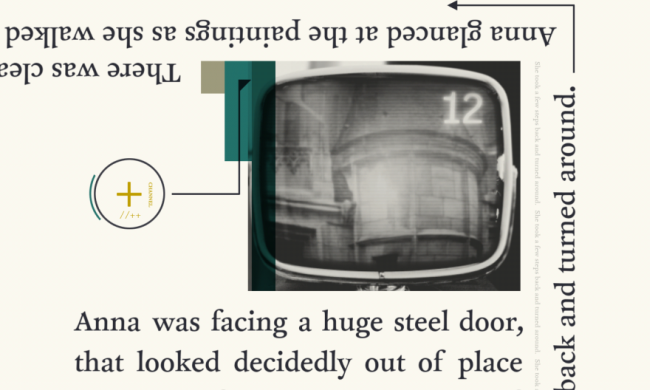In Device 6, recognition of symbols and patterns is crucial for navigating the puzzles and progressing through the narrative. The game employs a variety of visual and textual clues that players must decode to advance. Here’s a detailed examination of the key components you will encounter:
1. Line Motifs:
– The game features distinct types of line motifs, such as horizontal, vertical, and L-shaped lines. These lines often serve as essential symbolic clues, guiding players through puzzles as they represent pathways or instructions. Careful observation of how these lines are positioned on the screen can lead to important discoveries.
2. Letter Codes:
– Letters like L and R represent directional commands. Players must often input sequences using these letters (e.g., L, R, R, L, L, L, R, L, R, L) on various lock devices throughout the game. Understanding the sequences and their implications is key to unlocking certain elements and progressing through challenges.
3. 3×3 Grids:
– Symbolic references within grids, such as houses with distinct roof shapes and chimneys, play a significant role in puzzle-solving. These grids require players to use narrative clues and spatial logic—especially in chapters like the “Black Chapel”—to identify the correct patterns or meanings conveyed through the arrangement and characteristics of the houses.
4. Cultural Codes:
– The game incorporates codes that are derived from cultural and symbolic references embedded throughout the environment. This includes passwords that must be inputted into devices resembling real-world objects, such as a portable Super 8 editor. Players must recognize these symbols to engage with the game’s narrative effectively.
5. Graphical User Interface Elements:
– Various buttons and motifs within the game borrow from classic graphic design, creating interaction points with objects like black-and-white photos or other puzzle items. These elements are skillfully integrated and necessitate attention to detail, as they often contain hints or commands essential for solving puzzles.
6. Layered Puzzle System:
– The symbols are not standalone; they function as parts of a complex layered puzzle system where environmental storytelling, mirrored images, and textual hints all interconnect. For example, players may need to engage in letter and number rearrangement, decode mirror images, or recognize spatial patterns to progress.
7. Puzzle Mechanics:
– The gameplay involves a deep understanding of the representational meanings behind these symbols—recognizing how lines, shapes, and letters translate into real actions or concepts within the game. Players must pay close attention to the subtle graphical elements that conceal directions, passwords, or sequences necessary for advancement.
In summary, Device 6 presents a rich tapestry of symbolic elements that players must decipher. While there isn’t a finite list of symbols, the main types encompass line motifs, letter codes, grid-based houses, and visually integrated graphical elements. Mastery of these symbols requires an appreciation of their context within the storyline and puzzle mechanics, making attention to detail a vital skill for success in the game.


Leave a Reply